Mucuna gigantea (White Jade Vine)
Top Tropicals Plant Encyclopedia
Botanical name: Mucuna gigantea
Common names: White Jade Vine, Hamburger Bean, Seabean, Burny Bean
Family: Fabaceae
Subfamily: Faboideae








Mucuna gigantea (White Jade Vine) is a type of vine or creeper that requires full sun to semi-shade, and regular watering for best growth. Its white or off-white flowers are produced in pendent, round-topped, umbel-like clusters and often appear in late winter or early spring. The leaves are trifoliolate, with three wide, hairless, green leaflets.
The stems and leaves of the White Jade Vine are mildly irritating to the skin, so it is best handled with gloves. Despite this, it is still an ethnomedical plant, used in various traditional medical systems. The woody, polished seeds of the vine - which resemble hamburgers - are used in making necklaces and leis. These seeds are poisonous, containing L-DOPA and other possibly toxic substances.
Mucuna gigantea is a salt tolerant plant that can be grown in USDA hardiness zones 9-11. Its ideal growing conditions include an area near the seaside or other coastal areas, with full sun to semi-shade. Even though this plant thrives near seaside environments, it does not require sowing or propagation. Regular watering is needed to keep the soil moist, but not soggy. The White Jade Vine prefers slightly acidic soils, and can be grown in pots in cold regions. Feeding with a balanced organic fertilizer once month during the growing season is recommended. Any pruning should be done lightly, in late winter or early spring.
Similar plants: Mucuna gigantea (White Jade Vine)
Recommended Fertilizer: SUNSHINE Robusta - Rapid Growth Booster
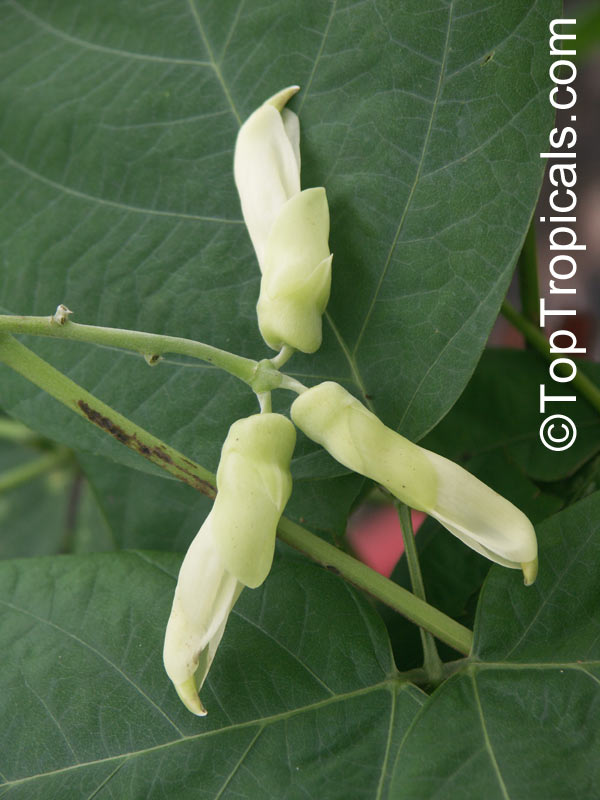
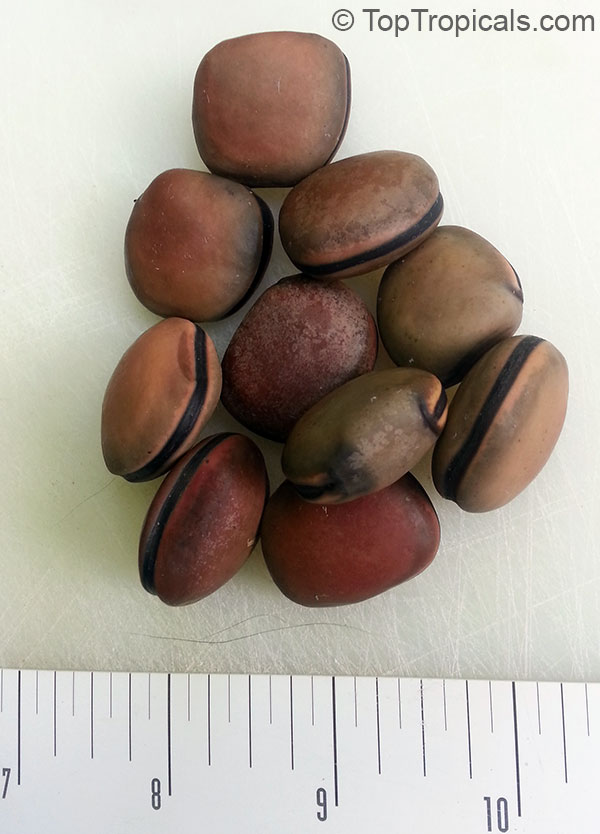
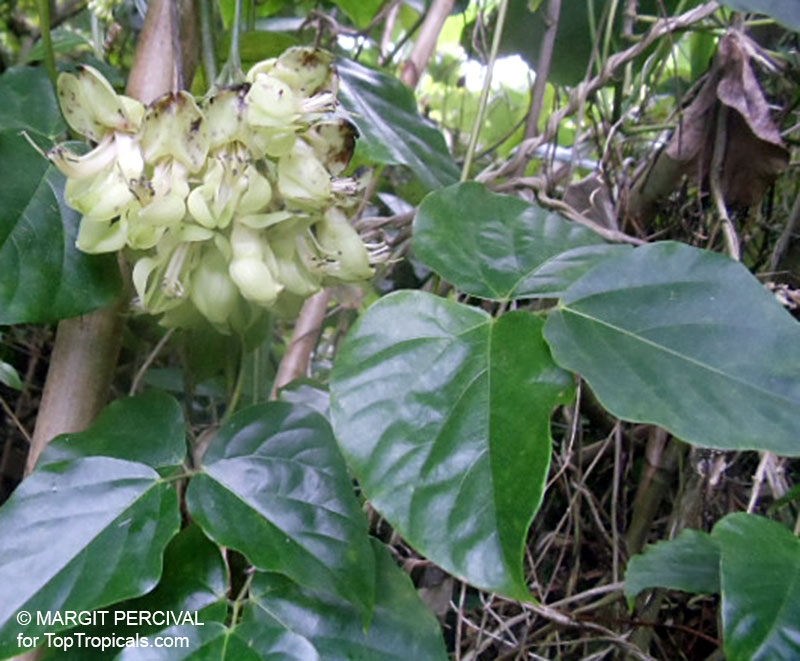
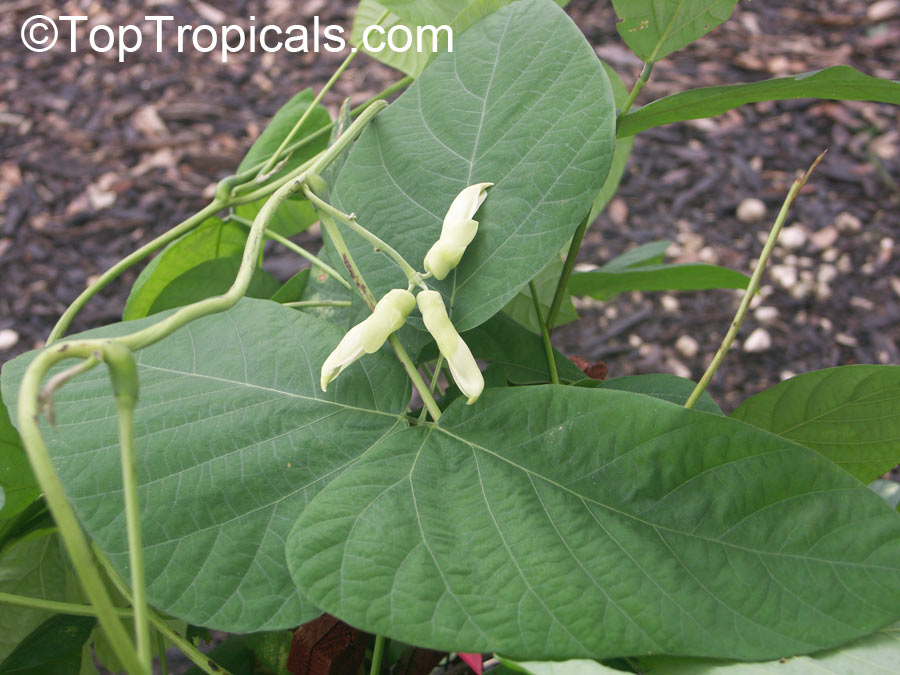
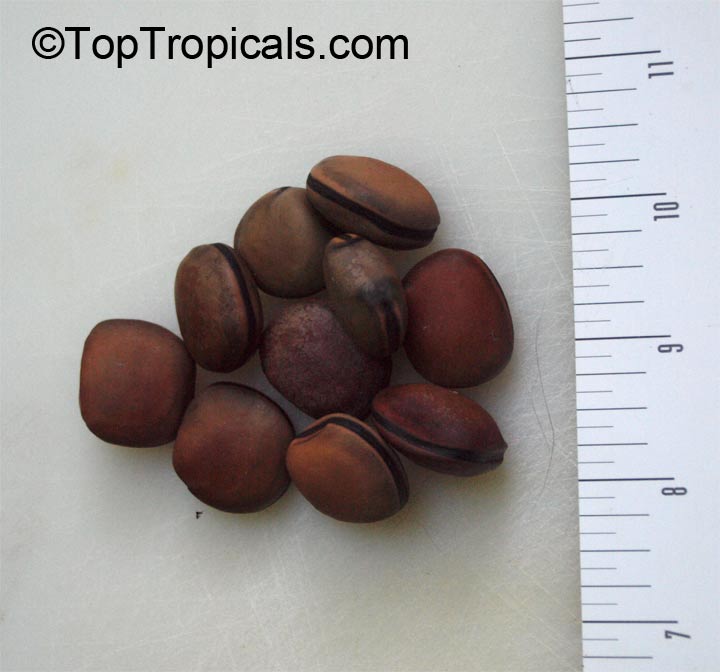
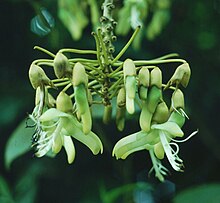
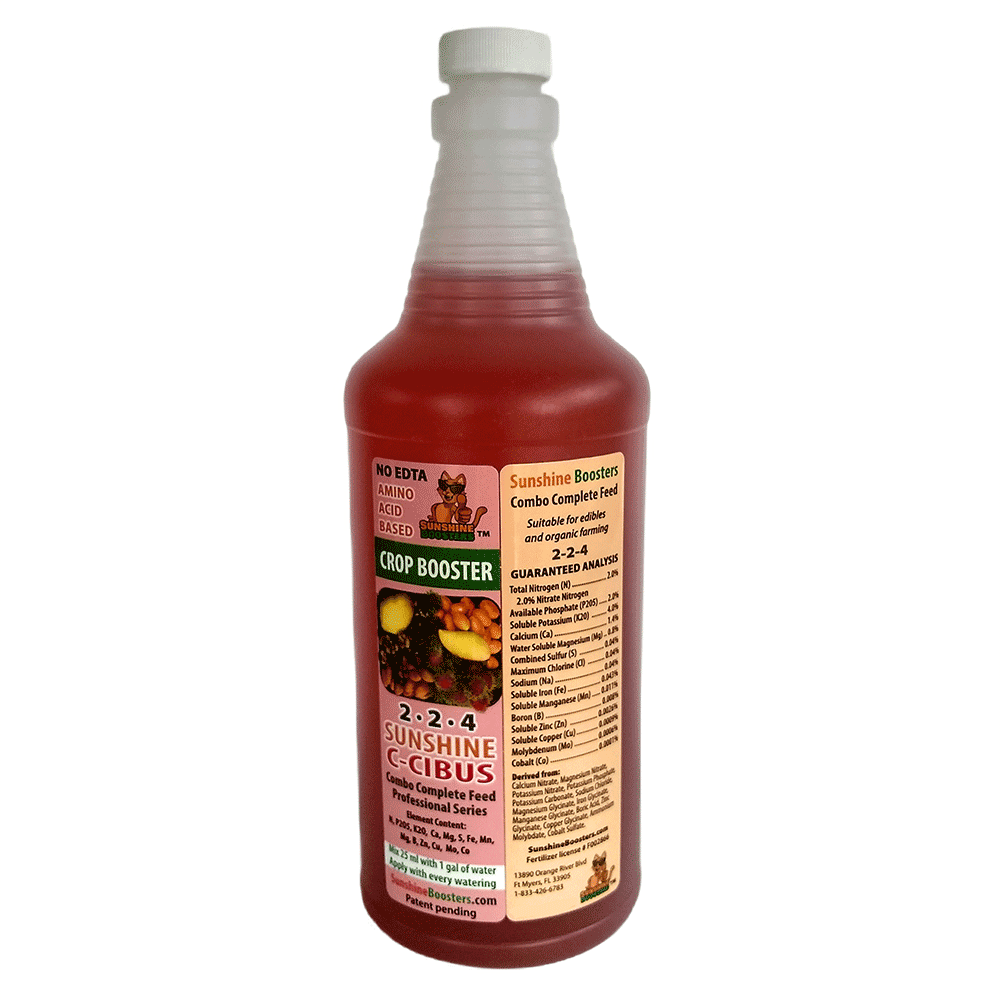 SUNSHINE C-Cibus (NPK 2-2-4) - Crop Booster for every watering.
SUNSHINE C-Cibus (NPK 2-2-4) - Crop Booster for every watering. 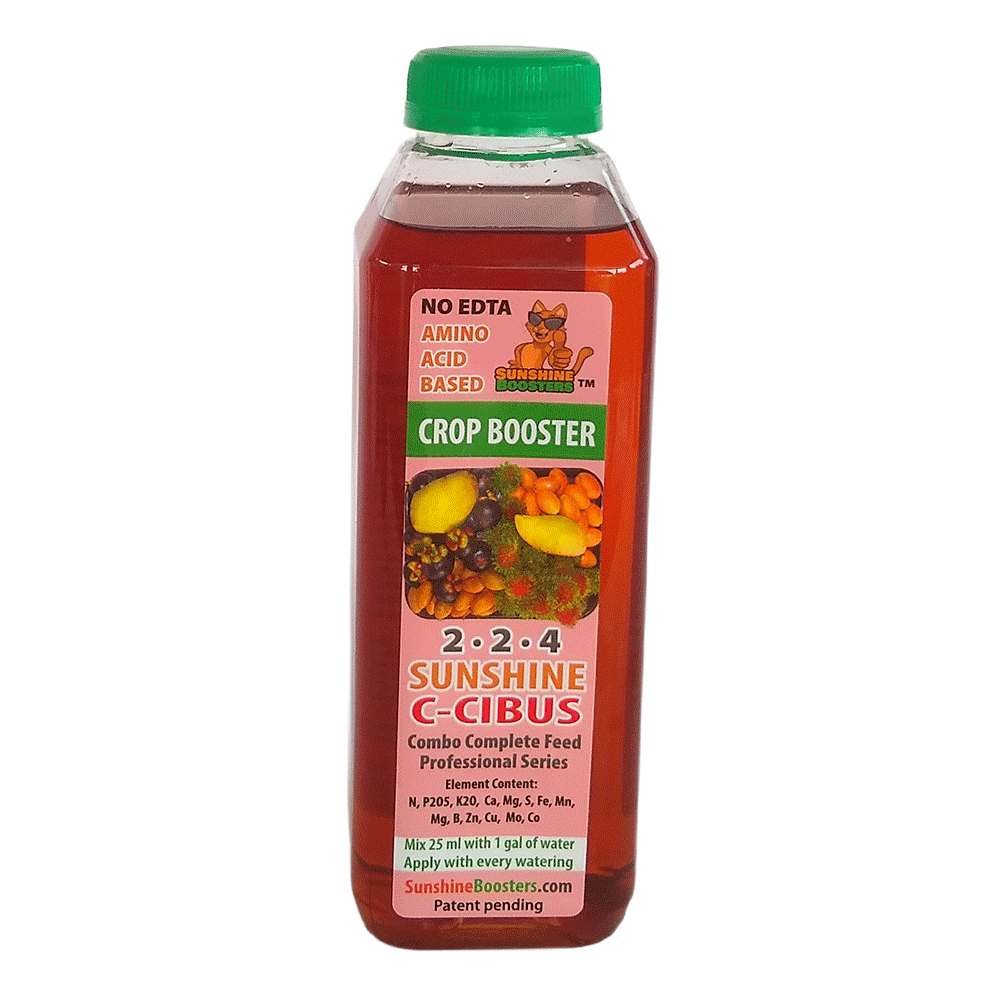 SUNSHINE C-Cibus (NPK 2-2-4) - Crop Booster for every watering.
SUNSHINE C-Cibus (NPK 2-2-4) - Crop Booster for every watering.